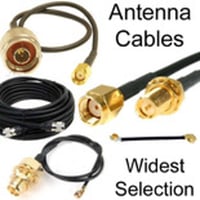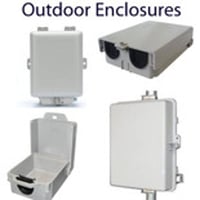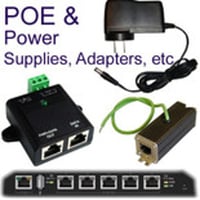Antenna Connectors Weatherproofing
There are no products listed under this category.
The first row of the gallery below shows various versions of SMA and RP-SMA connectors and how they can be weatherproofed with embedded o-rings. Type-N and TNC / RP-TNC are also below in the gallery.
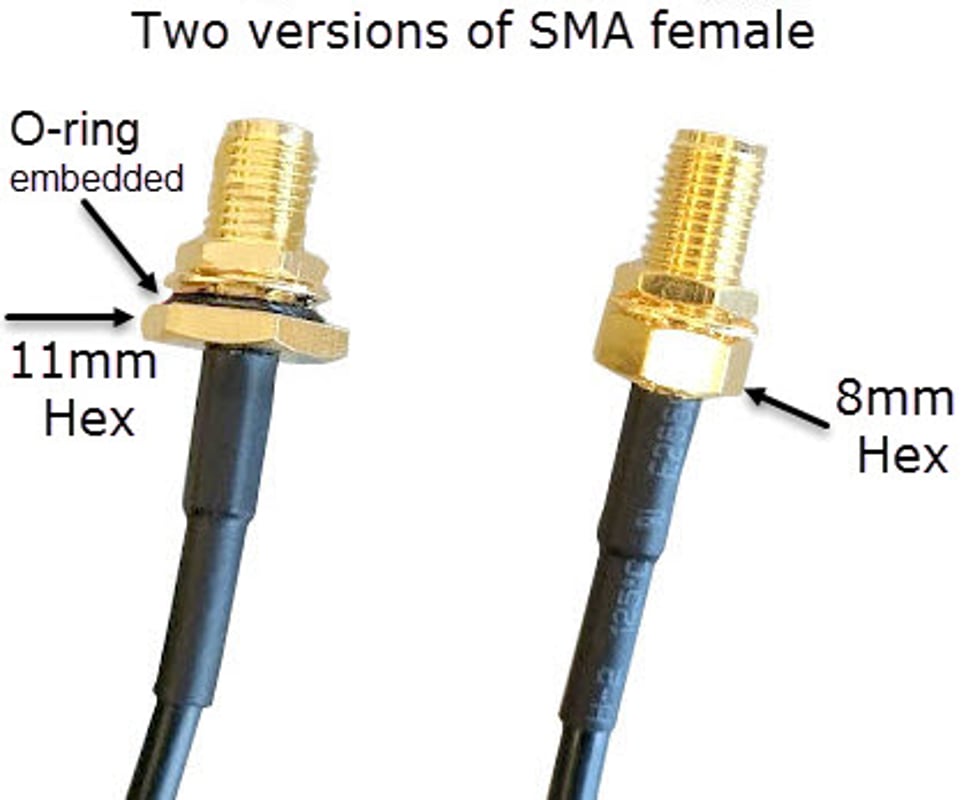 |
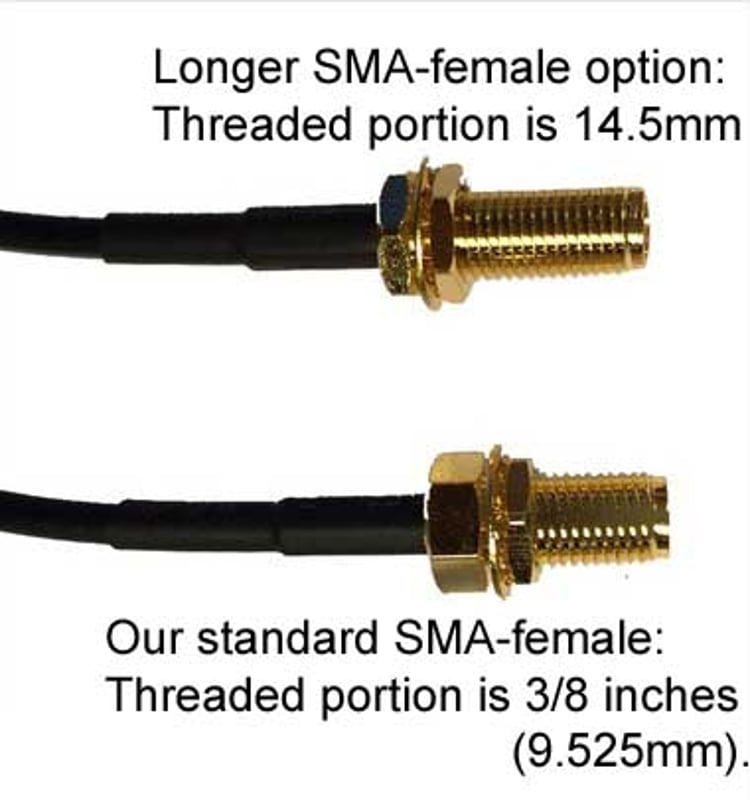 |
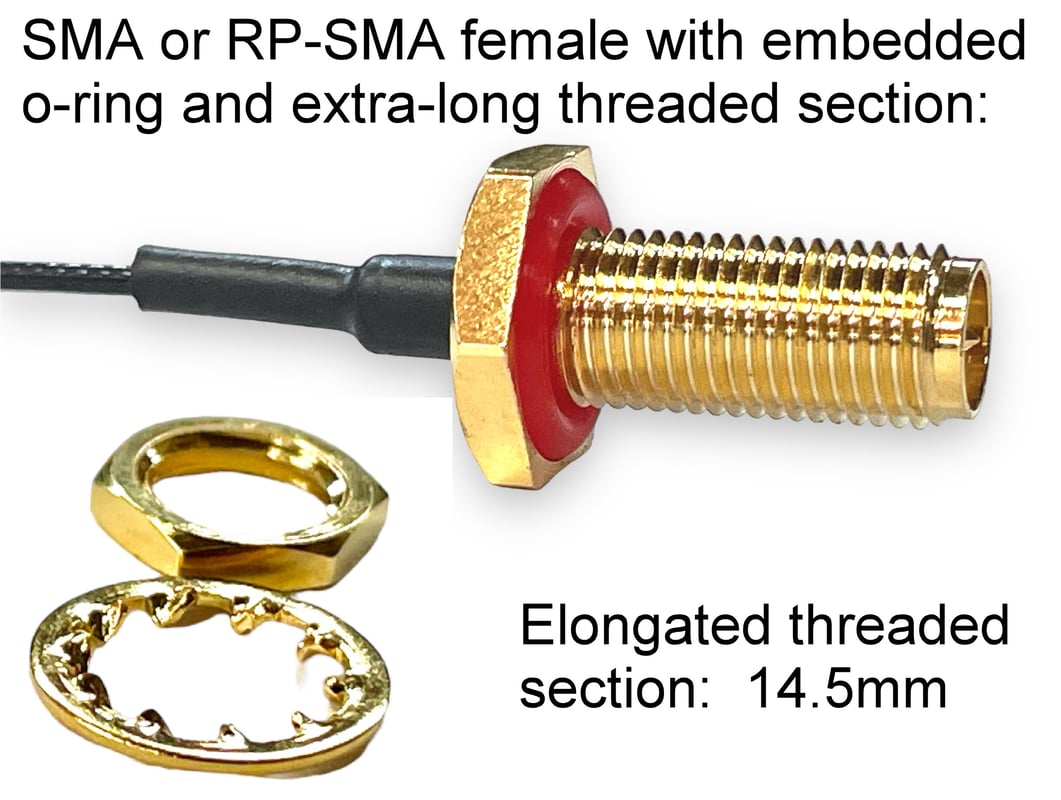 |
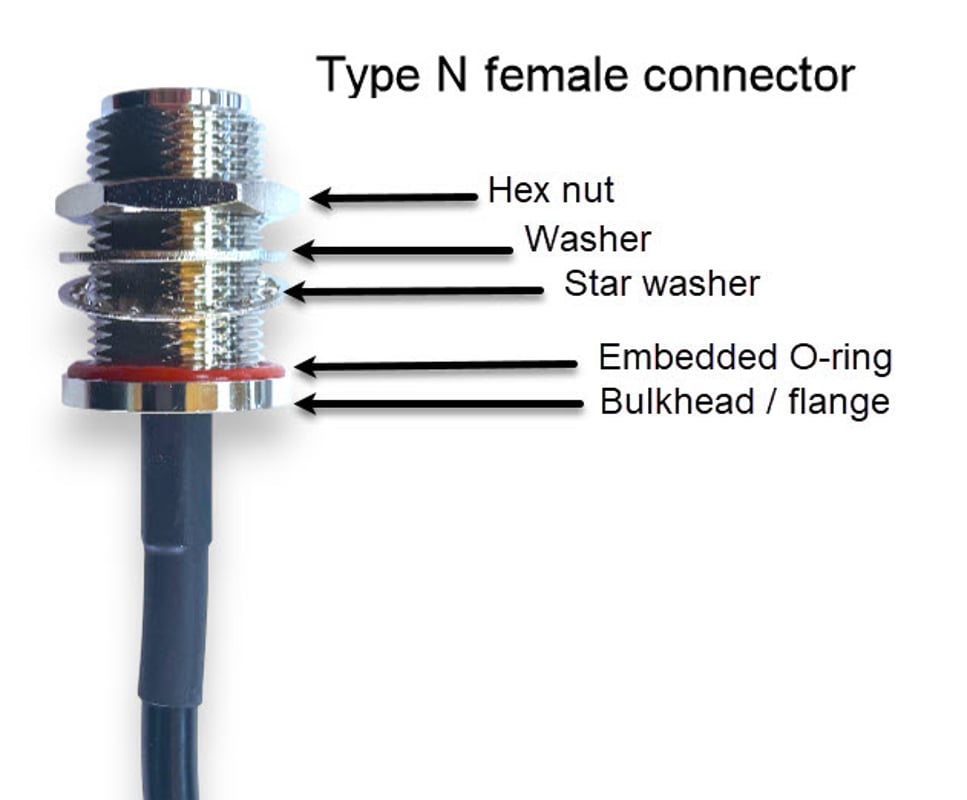 |
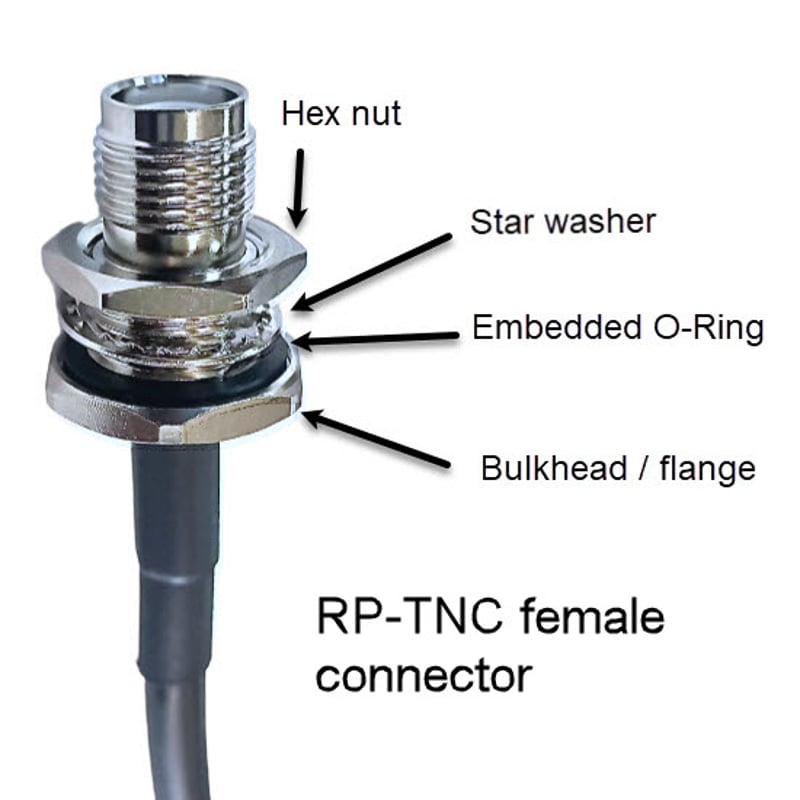 |
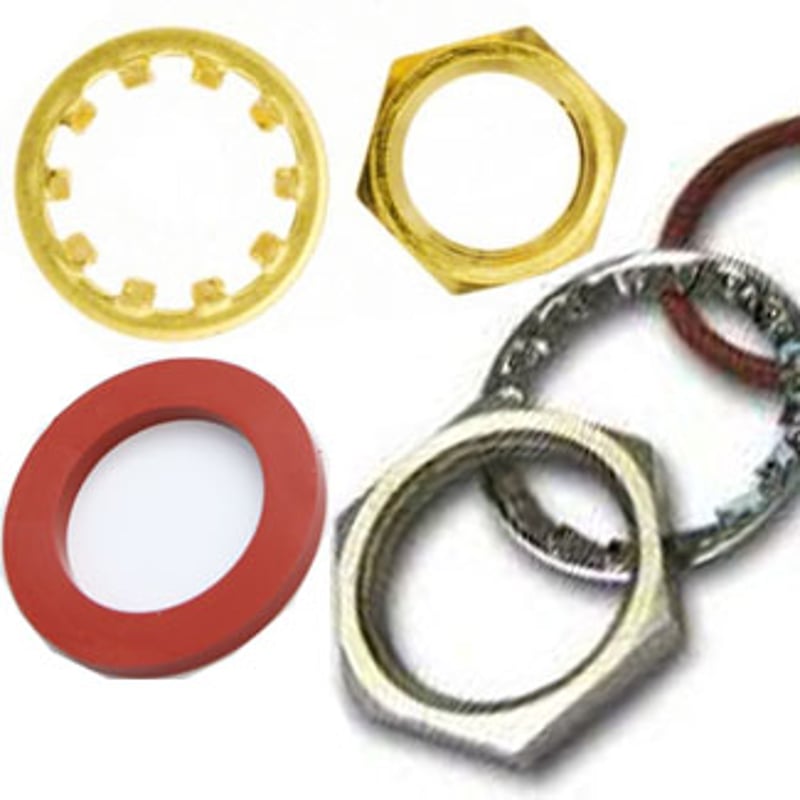 |
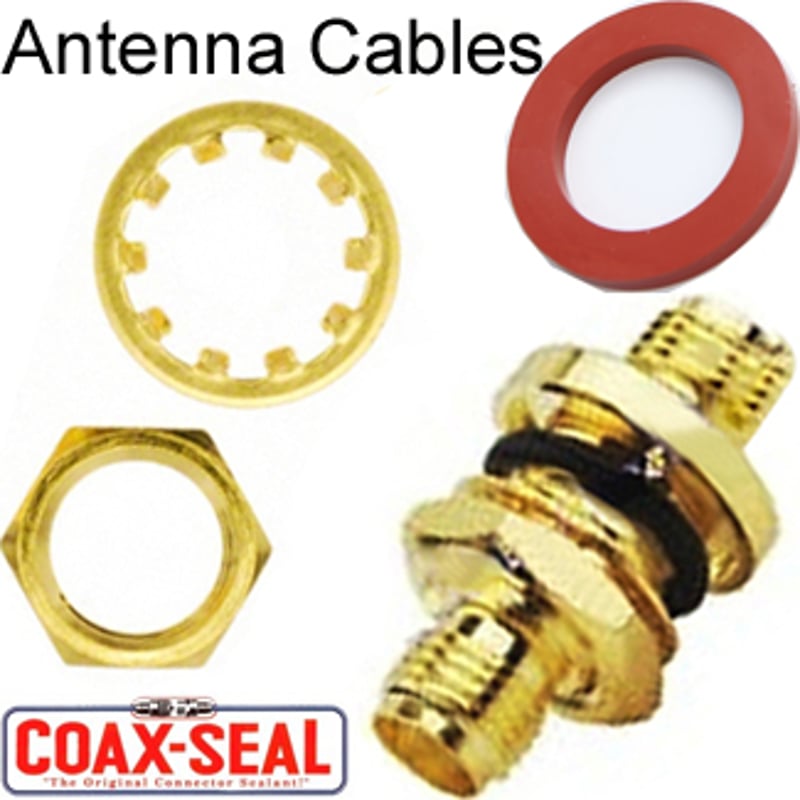 |
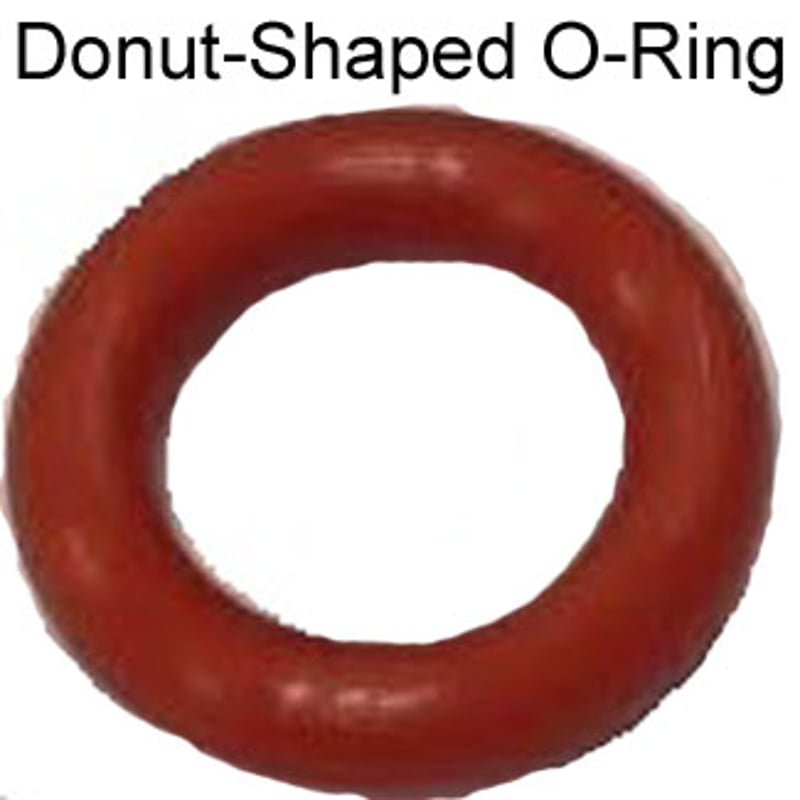 |
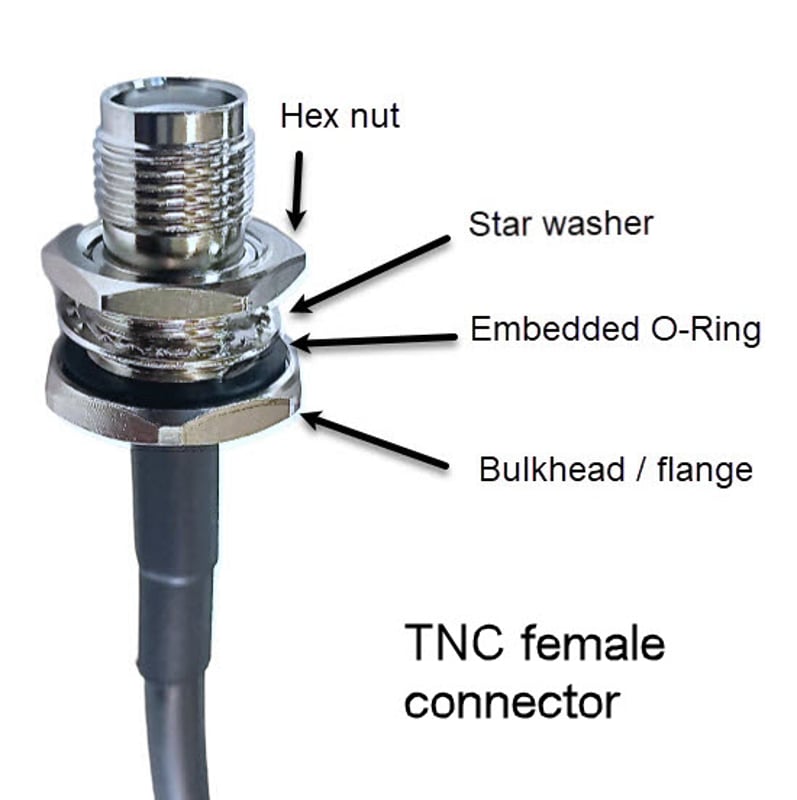 |
Antenna Connectors - Weatherproofing:
Data Alliance can provide a custom IP67 solution for your waterproofing / weatherproofing challenge.
Composition of Brass in Antenna Cable Connectors / Rustproofing
Brass is an alloy composed of zinc and copper. The ratio of copper and zinc can be varied to produce versions of brass with different electrical, mechanical and chemical properties.
Generally, a high copper content in brass increases its thermal and electrical conductivity. The copper is easily oxidized on the surface, creating a protective copper oxide layer (patina) that prevents further corrosion and rust. Typical electrical brass contains 70% copper that gives it a conductivity of 28%.
Zinc is responsible for the hardness of brass. Zinc is cheaper but less conductive than copper, increasing its ratio in brass lowers the alloy’s production cost. Zinc is also fairly resistant to rust and corrosion.
Brass manufacturers have to balance production cost with mechanical and conductivity performance of the alloy for different applications by carefully adjusting the percentages of copper and zinc.
RoHS standards allow the addition of small quantities of lead up to 4% to improve machinability and resistance to corrosion. Leaded brass is used for general purpose mechanically screwing components. However, Data Alliance's brass antenna cable connectors and adapters contain less than 1% lead.
Brass is a binary non-ferrous metal alloy, with more than 60 classified varieties of brass (based on composition), with different properties for specific applications. Brass is easily workable and resistant to sparking and wear. Its aesthetic properties, machinability, and durability in extreme environments make the alloy favored for low friction, ornamental and highly malleable applications. Brass is 23% to 44% (depending on the copper to zinc ratio) as conductive as pure copper making it a fair candidate for electrical applications.
Small quantities of other materials such as tin, arsenic, aluminum, and nickel are added to the alloy to increase corrosion resistance and alter mechanical properties.



